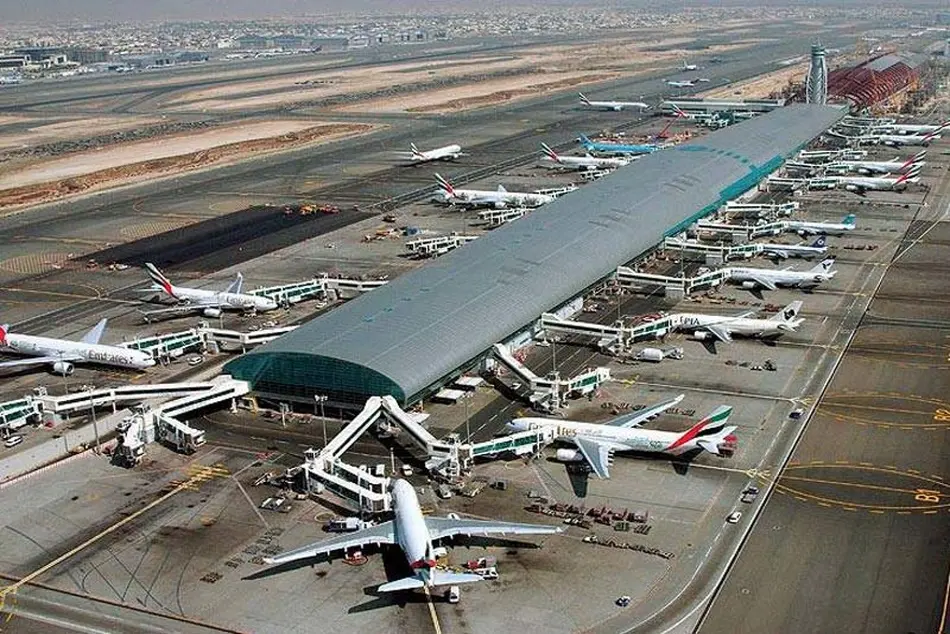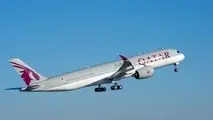UAE to introduce new airspace structure

The United Arab Emirates’ aviation regulator, the General Civil Aviation Authority (GCAA), will implement the world’s first airspace structure to be completely based on Performance Based Navigation (PBN) with a navigation specification of RNAV-1 (GNSS).
PBN is navigation that uses Global Navigation Satellite Systems and computerized onboard systems. This offers considerable advantages over traditional ATC systems based largely on fixed, ground-based beacons guiding aircraft along airways via waypoints.
The GCAA describes the new arrangement as one of the world’s most advanced air traffic management systems; it is scheduled to come into operation Dec. 7.
The aim is to improve the efficiency of the UAE Flight Information Region (FIR), which has become increasingly congested because of the growing amounts of traffic flowing through Dubai International and Abu Dhabi International airports. In coming years, there will also be increasing amounts of traffic using Al Maktoum International, otherwise known as Dubai World Central.
There are also several other international airports in the UAE, such as Sharjah, Ras Al Khaimah and Fujairah.
Commercial air traffic in the Gulf generally has become something of a pinch-point, as a result of substantial blocks of airspace reserved for military use.
Under the UAE Airspace Restructuring project (ARP), airspace capacity will increase to meet forecast demand to 2022. ARP is also designed to improve access to UAE airports, efficiency for ANSPs and customers, and reduce the environmental impact of the increasing traffic flows through more effective air traffic management operations.
GCAA DG Saif Al Suwaidi said achieving the new milestone had been notable not only for the technical achievement involved, but for the large number of bodies that had cooperated to bring it about, including six ANSPs and 15 other agencies, including the UAE military, airlines and IATA.
“The implementation of the UAE ARP has demonstrated our capability to safely meet the capacity requirements for the forecasted 2020 air traffic demand and beyond, but also the ability to deliver environmental efficiency and fuel savings exceeding $15 million within the first year after implementation,” he said. That translated to around 100,000 tonnes of CO2.



